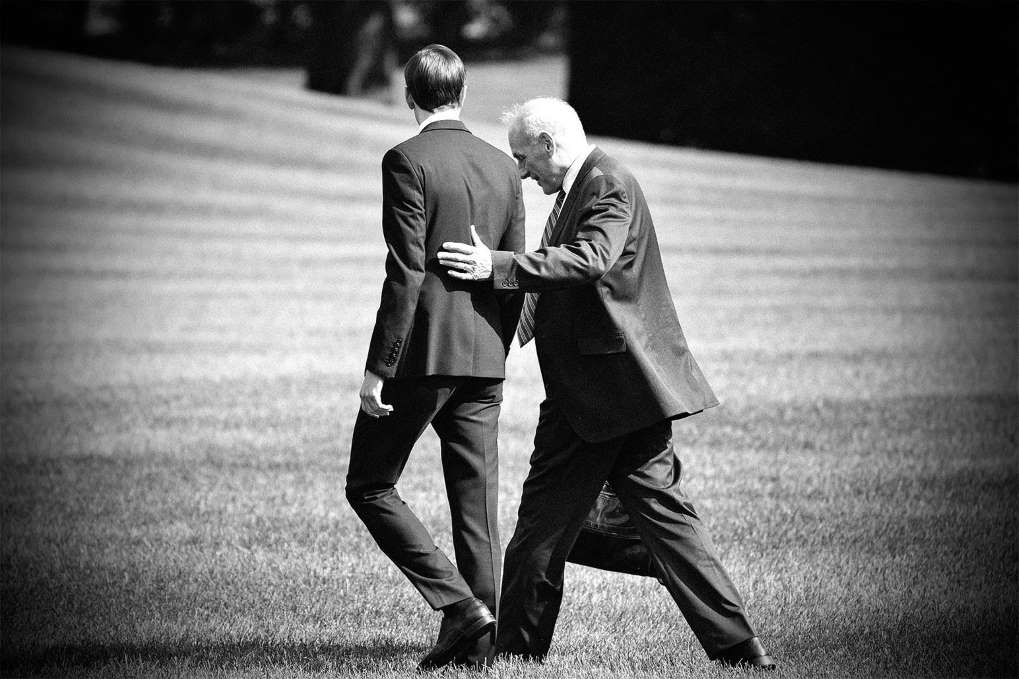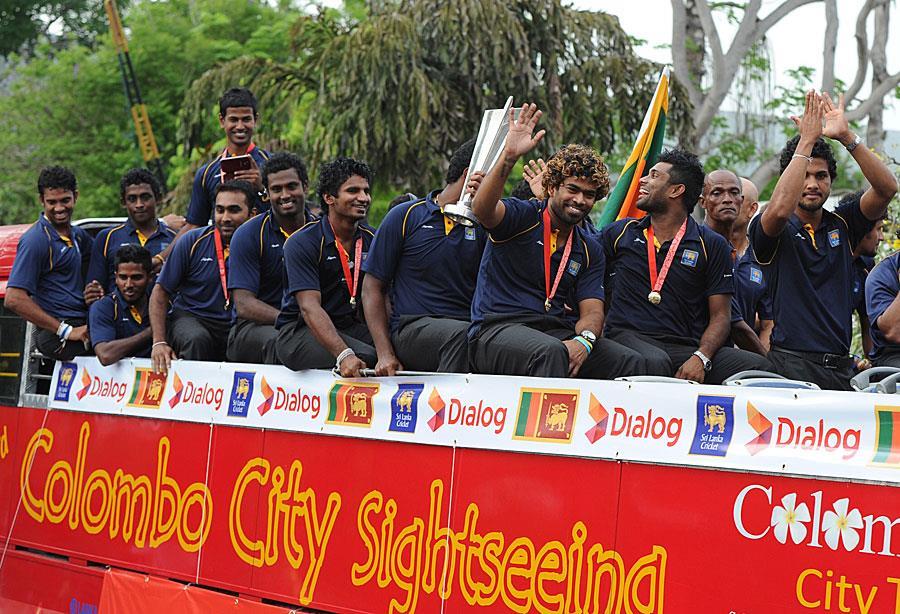August 11, 2016
In one of the most scathing indictments of an Indian corporate in recent times, an international arbitration order has detailed how pharma giant Ranbaxy “deliberately” buried information to dupe its new owners — information that allegedly implicated its top brass in a slew of irregularities, from fraud to falsehood.

August 11, 2016
In one of the most scathing indictments of an Indian corporate in recent times, an international arbitration order has detailed how pharma giant Ranbaxy “deliberately” buried information to dupe its new owners — information that allegedly implicated its top brass in a slew of irregularities, from fraud to falsehood.

Malvinder Singh and his brother Shivinder Singh, former Ranbaxy owners, who have until August 22 to challenge the April 2016 order of the Singapore International Arbitration Centre, face a penalty of Rs 3,500 crore and several questions of corporate governance.
A copy of the order has been reviewed by The Indian Express. Over 373 pages, it lays out what it calls the path of deception that Ranbaxy took and how it kept Japan’s Daiichi Sankyo — which bought Ranbaxy in 2008 for Rs 19,804 crore — in the dark even a year after its purchase.
At the heart of the indictment is a 2004 Self Assessment Report (SAR) prepared by Rajinder Kumar, then head of Ranbaxy’s R&D, for the company’s internal use.
The SAR, which described the nature and impact of Ranbaxy’s allegedly improper regulatory filings, was presented at the company’s science committee meeting held in October 2004. Among those at the meeting were Malvinder Singh; Tejendra Khanna, then Ranbaxy Board Chairman and Brian Tempest, then CEO.

From page 301 of the tribunal report
Despite being asked to stay, Kumar resigned the very next day, apparently dissatisfied with the treatment given to his report. He was with Ranbaxy for less than four months.
Sometime in 2005, Kumar’s principal assistant Dinesh Thakur forwarded this SAR to the US drug regulator Food and Drug Administration (USFDA). Based on the SAR’s contents, the USFDA and the US Department of Justice (DOJ) opened an investigation against Ranbaxy in February 2006 and just a year later, authorities raided the Ranbaxy premises in New Jersey where they seized a number of documents, including a copy of SAR.
“The existence of SAR in the hands of US authorities meant that Ranbaxy shares were ‘pregnant with disaster’ at the time they were acquired by Daiichi,” the arbitration order has noted.
That’s not all. The order doesn’t mince words: “But for the misrepresentations (by Malvinder Singh and others), the transaction would not have been entered into all by Daiichi…had Daiichi been aware of the SAR it would not have paid any price for (Ranbaxy) shares.”
Under Daiichi’s ownership, Ranbaxy’s growth stuttered amid increased scrutiny and penalties by global regulators — it was fined for $500 million in 2013 by DOJ. Eventually, in 2015, Daiichi closed a deal with Sun Pharma for selling Ranbaxy for Rs 22,679 crore.
Consider the salient points made in the arbitration order:
# SAR listed more than 200 drugs, including antiretroviral drugs for AIDS patients, where Ranbaxy is alleged to have used fabricated data to get approvals from authorities of more than 40 countries.
# Daiichi did not have a clue about SAR because Ranbaxy top brass withheld the report and its significance. The top brass named in the tribunal’s order include former owner and CEO Malvinder Singh, former COO Atul Sobti (who became CEO after Singh left the company in May 2009), former executive director of regulatory affairs Abha Pant, Ranbaxy’s General Counsel and senior Vice President of Global Intellectual Property Jay Deshmukh and his successor Lavesh Samtani. (Malvinder Singh’s brother Shivinder Singh was a non-executive director and was said to be not involved in the day to day affairs)
# Even Sanjeev Puri, Malvinder Singh’s then personal attorney, and V K Kaul, Malvinder Singh’s close family friend who was Ranbaxy’s independent director until late 2008, were also well aware of the SAR’s significance. Both were in touch with Daiichi Sankyo though the entire duration of the sale process and the subsequent handholding phase but did not reveal anything about it to the new owners.
# Had it not been for the SAR, the fine for Ranbaxy’s alleged violations of Current Good Manufacturing Practice (cGMP) violations, would not have been beyond $100 million — the cGMP regulations for drugs and biological products stipulate certain minimum requirements that must be met for the methods, facilities, and controls used in manufacturing, processing and packaging.
# That Daiichi was unaware of the fraud is evident in the fact that even after it took control of the Ranbaxy board in December 2008, Malvinder Singh was allowed to continue as the CEO till May 2009. That’s the year Daiichi forced him to step down for “incompetence”, rather than “dishonesty”. It was only in November 2009, that Daiichi came to know of SAR and its significance, and its impact on the US regulatory investigations on the company.
# In deal talks in 2007-08, Malvinder Singh and his team told Daiichi, in “carefully crafted language,” that the DOJ investigations were merely a “fishing expedition.” That it could only implicate some employees and not Ranbaxy, that it was a conspiracy initiated by its competitor Pfizer. These were not “honest answers.” And Malvinder Singh and his team knew that these were not accurate and “which they knew would provide the claimant with the comfort to enter the share purchase and share subscription agreement.”
Malvinder Singh’s stance changed during the arbitration hearing: he first claimed that he “did not know” about the SAR but later claimed that he did not regard the SAR as important to the ongoing FDA and DOJ investigations and therefore there was no reason to mention it to Daiichi. “His adherence to his position at the hearing undermined his overall credibility in the eyes of the tribunal and leads it to conclude that he must have taken a conscious decision not to inform Daiichi”, the tribunal said.
Ironically, midway through the Singapore tribunal hearing, the Singh brothers said that documents disclosed to Daiichi Sankyo before the signing of share purchase deal — which happened in June, 2008 — had given them enough “cause” to be concerned that Ranbaxy was a “corrupt’ organisation. Therefore, the brothers claimed that despite the assurance of Malvinder Singh and his team, Daiichi Sankyo ought to have been aware of such “corrupt” concerns but had decided to ignore them and proceed with the acquisition.
Tearing this apart, the tribunal made it clear that it “is not an attractive argument for the Singh brothers to make, especially in circumstances where they simultaneously have argued that no false representation were made”.
The Indian Express contacted key players indicted in the Singapore order
“The matter is sub judice and we cannot offer any comment in view of the confidentiality requirements.” The brothers have a majority shareholding in RHC Holding, a private limited company with assets of over Rs 10,000 crore. Listed companies such as Fortis Healthcare and Religare, and unlisted companies including SRL Diagnostics and Fortis Healthworld, are controlled through RHC Holding.
Jay Deshmukh, who was Ranbaxy’s then General Counsel: “Everything I did or did not do in dealing with Daiichi Sankyo (DS) at the time of the merger was pursuant to the express instructions of Malvinder Singh (who I reported to) — I objected to those instructions at the time, but felt I had no choice. I urged the management and Mr Singh to remedy the problems and to tell DS (Daiichi Sankyo) the truth, but he refused. Since leaving Ranbaxy, I have done everything in my power to remedy the situation.” Deshmukh is in Washington as partner at a California-based law firm.
Abha Pant resigned in 2011 as Vice President, Regulatory Affairs. “I am not aware of what is written in the tribunal and would not comment on anything till I see what you are referring to you.”
Rajinder Kumar, who was the Head, Research and Development, Ranbaxy in 2004, did not reply to the emailed queries. Kumar resigned a day after he presented the SAR to the Ranbaxy management on October 15, 2004. Kumar currently is President and chief medical officer of Vitas Pharma. He works from the company’s British office.
Mails sent to Daiichi Sankyo did not elicit a response. Atul Sobti, who resigned as the CEO of Ranbaxy in August 2010, did not respond to the emailed queries. Lavesh Samtani, who became Ranbaxy’s de facto General Counsel once Deshmukh left the company in March, 2009, did not respond to the emailed queries. He is currently the General Counsel and Executive Vice-President (Business Development) of New Jersey based pharma company BionPharma. The newspaper could not get in touch with V K Kaul and Sanjeev Puri.
Courtesy: Indian Express
















































































































